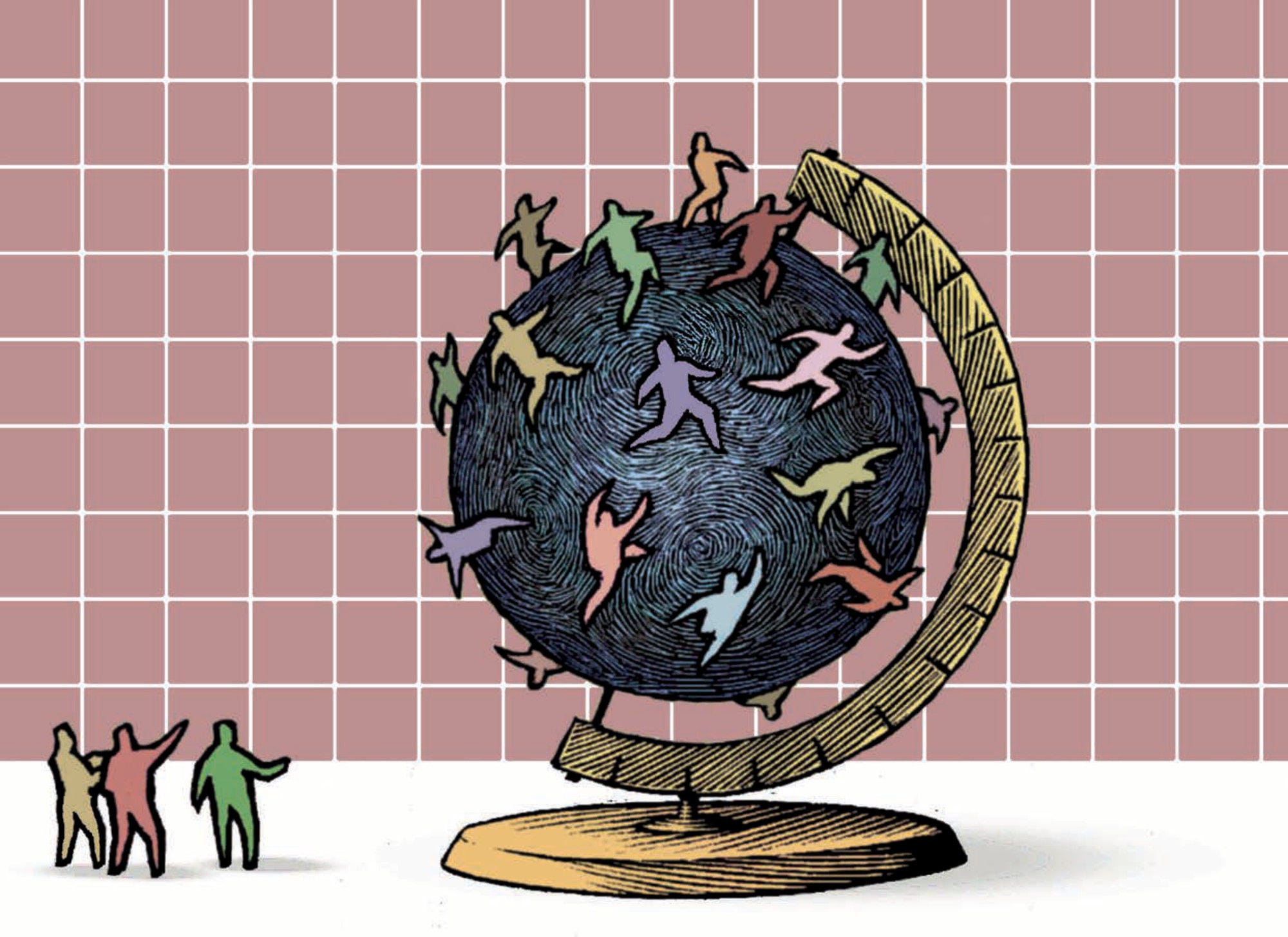In 2017, the Netherlands received 142 000 new immigrants on a long-term or permanent basis (including changes of status and free mobility), 2.2% more than in 2016. This figure comprises 61.4% immigrants benefitting from free mobility, 12.7% labour migrants, 20.5% family members (including accompanying family) and 5.5% humanitarian migrants.
Around 17 000 permits were issued to tertiary-level international students and 3 200 to temporary and seasonal labour migrants (excluding intra-EU migration). In addition, 112 000 intra-EU postings were recorded in 2017, an increase of 23% compared to 2016. These posted workers were generally on short-term contracts.
Poland, Syria and Germany were the top three nationalities of newcomers in 2017. Among the top 15 countries of origin, Romania registered the strongest increase (2 400) and Syria the largest decrease (‑9 800) in flows to the Netherlands compared to the previous year.
In 2018, the number of first asylum applicants increased by 27.2%, to reach around 20 000. The largest groups of applicants come from Syria (3 000), Iran (1 900) and Eritrea (1 400). The largest increase since 2017 concerned nationals of Iran (1 200) and the largest decrease nationals of Eritrea (‑200). Of the 10 000 decisions taken in 2018, 35.2% were positive.
Emigration of Dutch nationals to OECD countries increased by 2.4% to 43 000. Approximately 22.1% of this group migrated to Germany, 17.7% to Belgium and 16.1% to the United Kingdom.
The Dutch government’s “Integral Migration Agenda”, launched in March 2018, formulates a number of long-term policy goals. It is expected that concrete measures by the government will advance the agenda in the coming years. The agenda emphasises interrelatedness between policy areas and the need for various stakeholders to coordinate. Policy goals notably include: the prevention of illegal migration; greater support for refugees in the region of origin as well as for resettlement; harmonising asylum systems across the European Union; better management of returns; better promotion of existing pathways for legal migration; and reinforcing efforts for integration, particularly at early stages.
In May 2018, fees charged by the Dutch Immigration and Naturalisation Service decreased substantially across a number of visa categories and related services. Application fees for highly skilled labour migrants decreased from EUR 983 to EUR 582 (and likewise for intra-corporate transferees), from EUR 802 to EUR 570 for seasonal workers (and likewise for trainees), from EUR 321 to EUR 192 for international students and from EUR 641 to EUR 285 for international graduates applying for a job search year. The one-off fee for companies to become a recognised sponsor of highly skilled labour migrants fell from EUR 5 354 to EUR 3 861.
A reduction, initially planned for January 2019, of three years in the duration of the so-called “30% rule” for highly-skilled labour migrants has been postponed until 2021. Under this rule, up to 30% of the salary can be paid as a tax-exempted allowance, considered as a reimbursement for the additional cost of living as an expatriate. The initial plans appeared to alienate in particular those highly-skilled labour migrants whose eight-year period was still running and would have been shortened because of the change.
In late 2017, several changes were made to rules on family migration. Foreigners under age 18 with “close personal ties” to grandparents residing in the Netherlands, have become eligible for a residence permit. By contrast, adults who cannot demonstrate that they habitually live with their parents in the Netherlands or have a usual degree of dependency are no longer eligible for a residence permit. Married couples who seek to reunite in the Netherlands no longer need to demonstrate that they previously cohabitated abroad.
The coalition agreement drawn up in October 2017 to form the Dutch government set out major changes to the civic integration system in the Netherlands. While these changes have not yet been implemented, the agreement vowed to put municipalities, rather than migrants themselves, in charge of arranging the civic integration courses. Municipalities would also be expected to finance courses using funding from the central government as well as to monitoring the quality of such courses and devising personal integration plans with each migrant. The level of language proficiency required to pass the civic integration exam is to be raised from A2 to B1.
For further information:
www.ind.nl
www.cbs.nl
